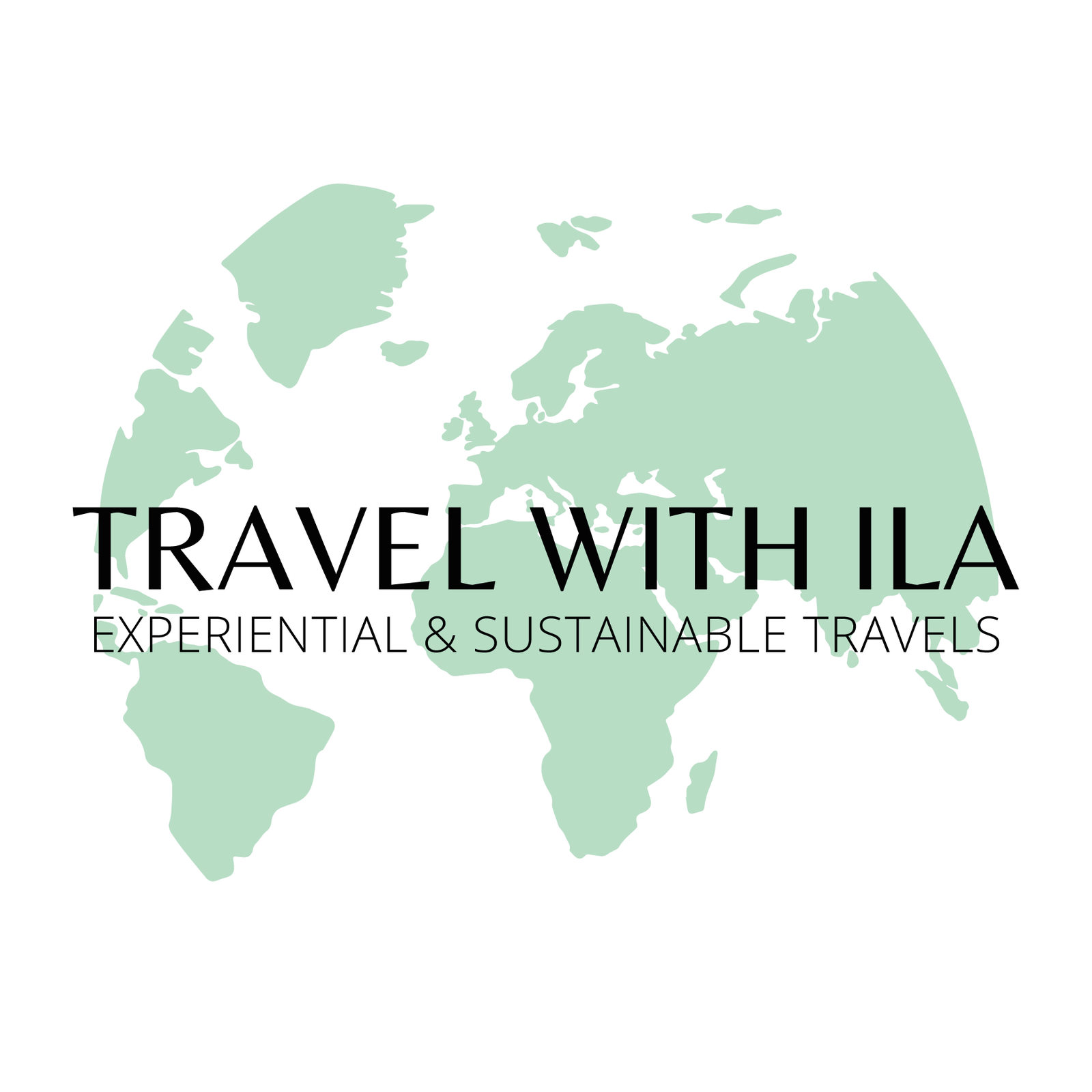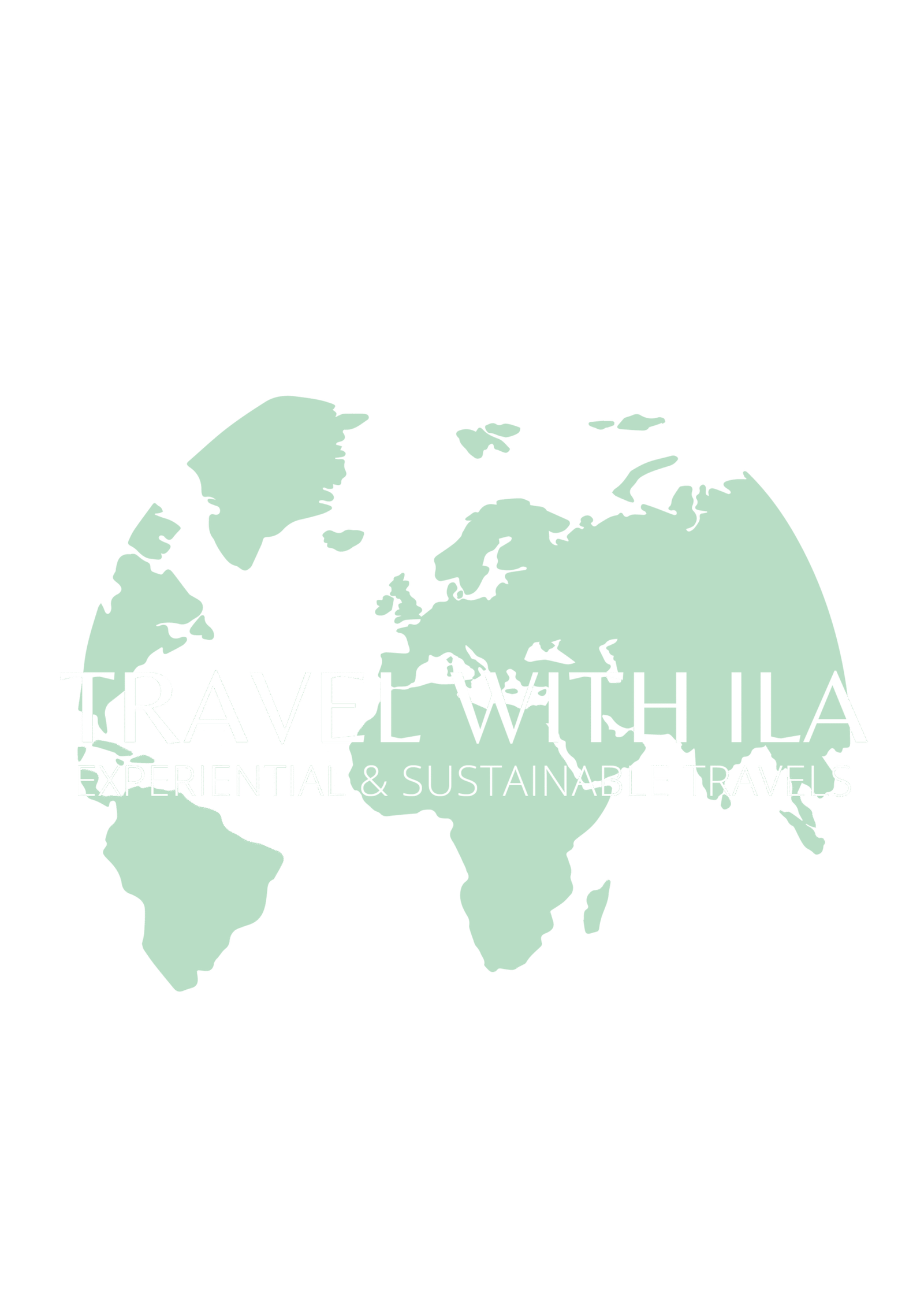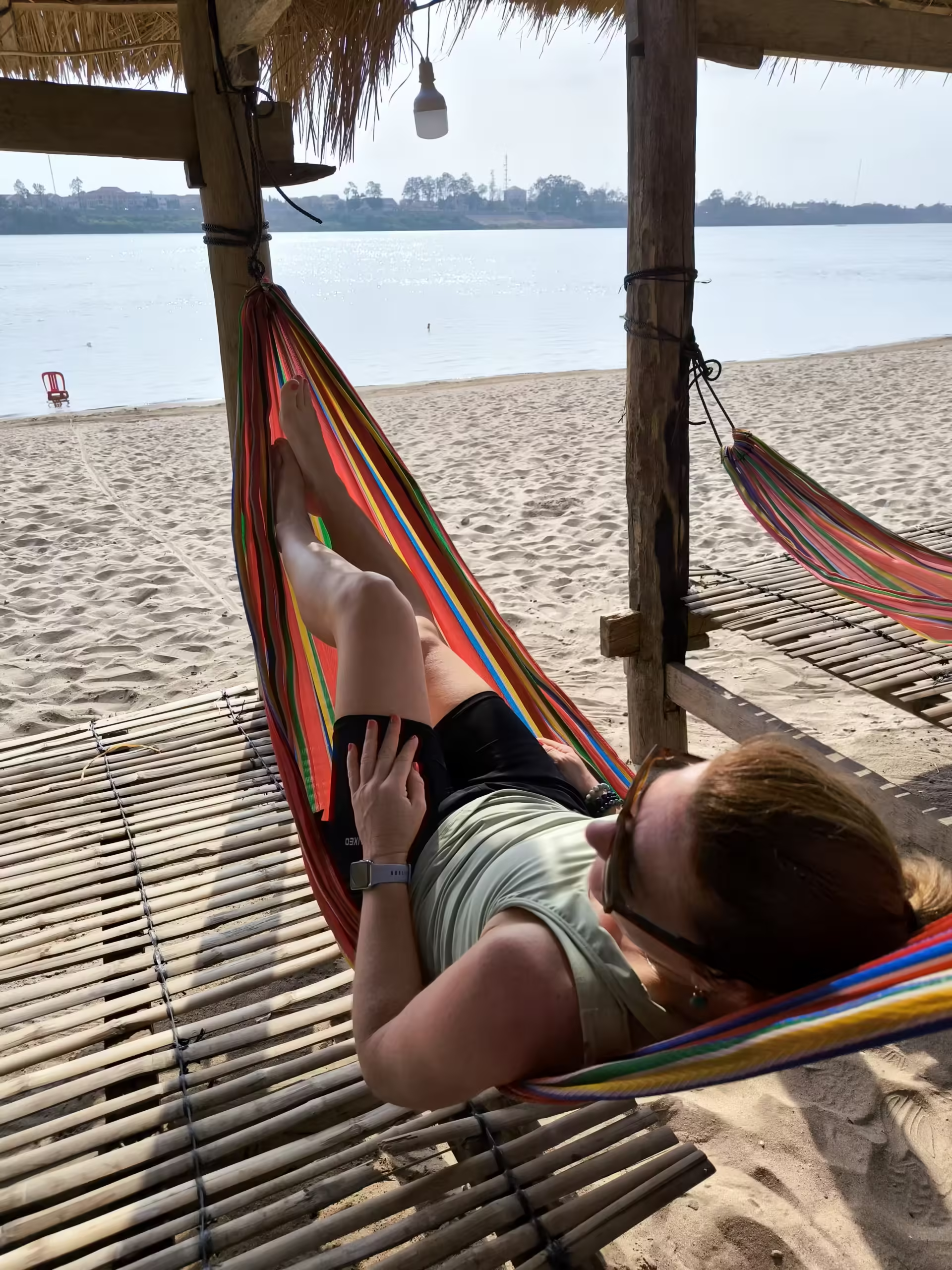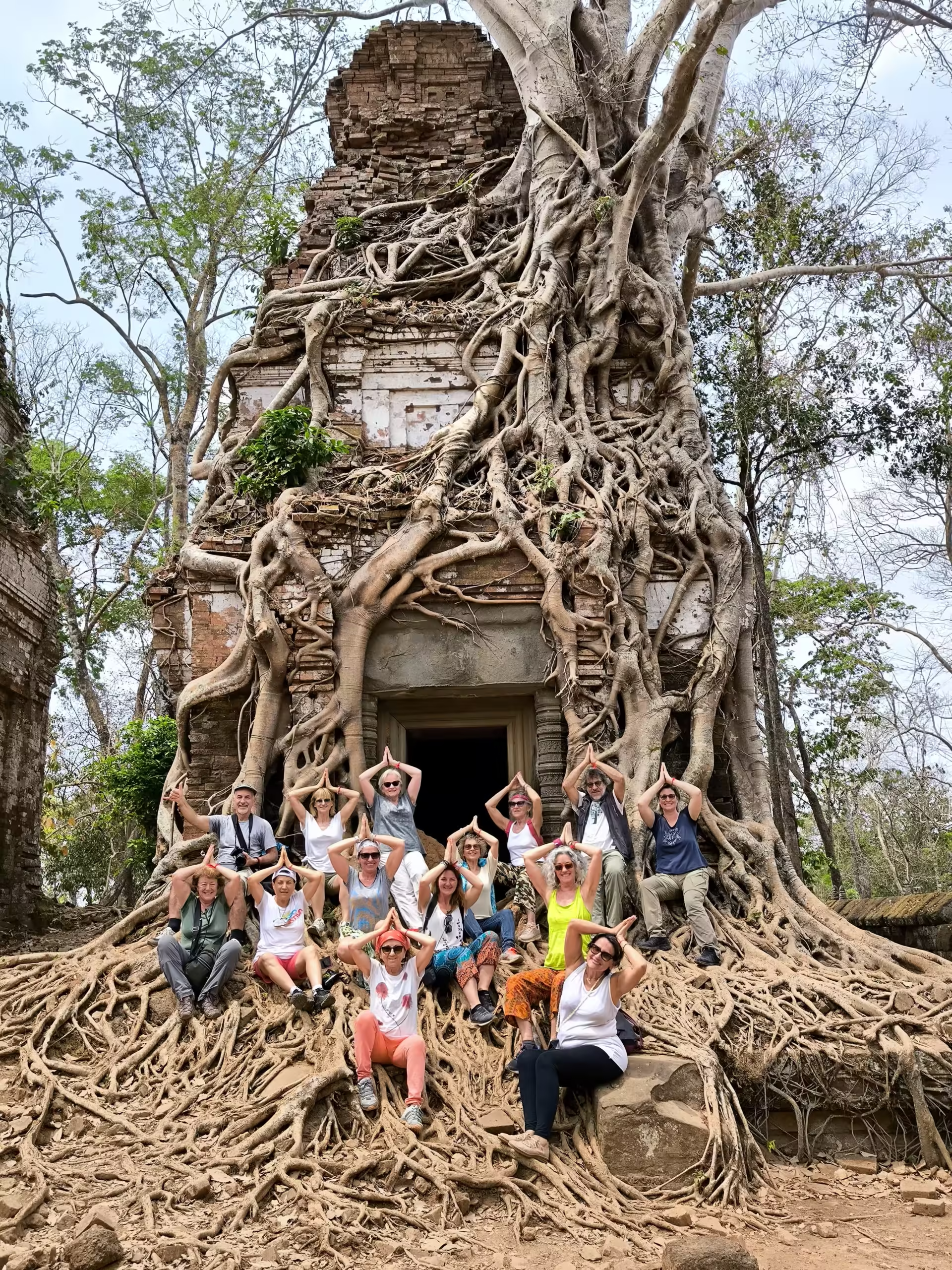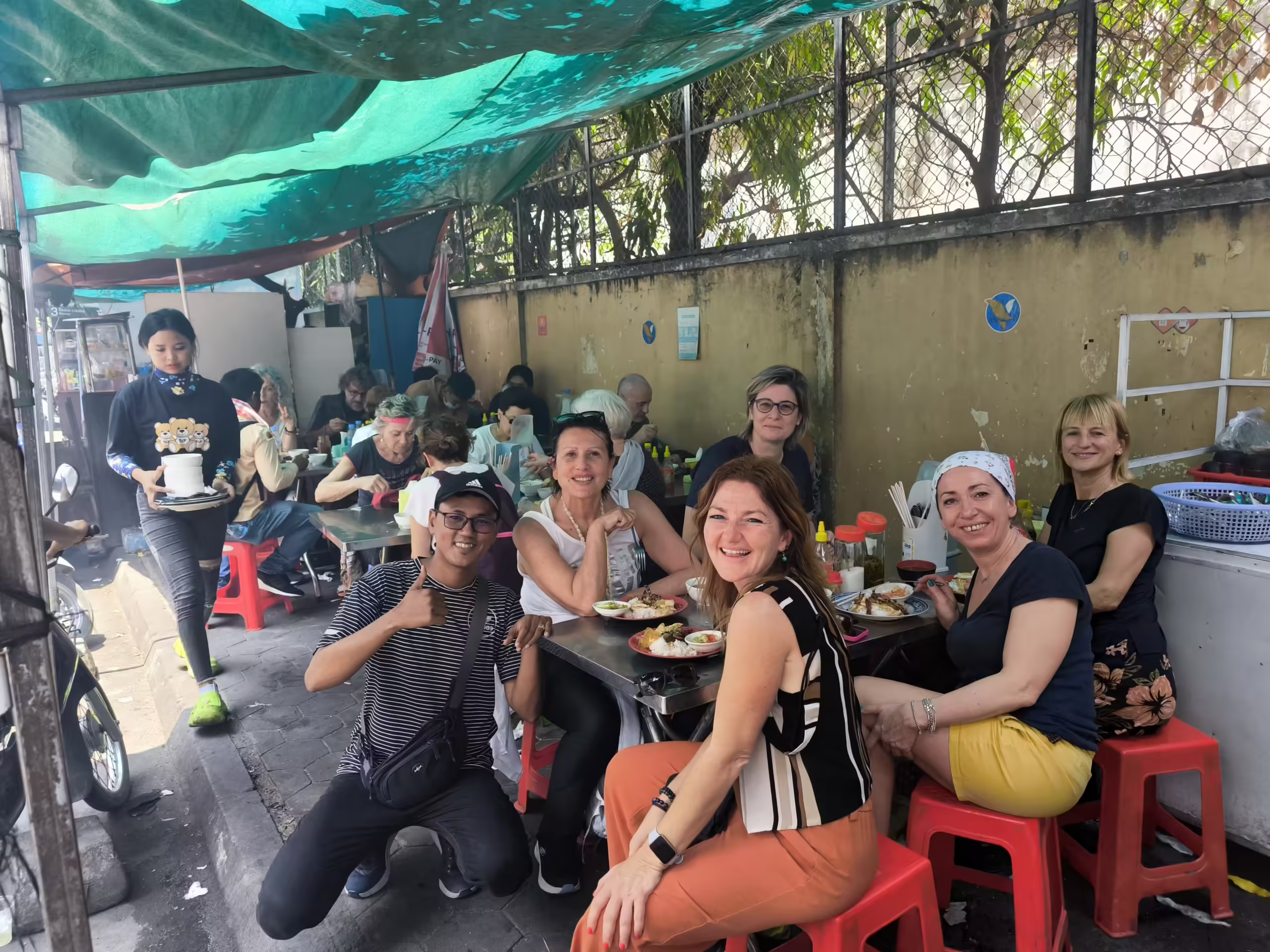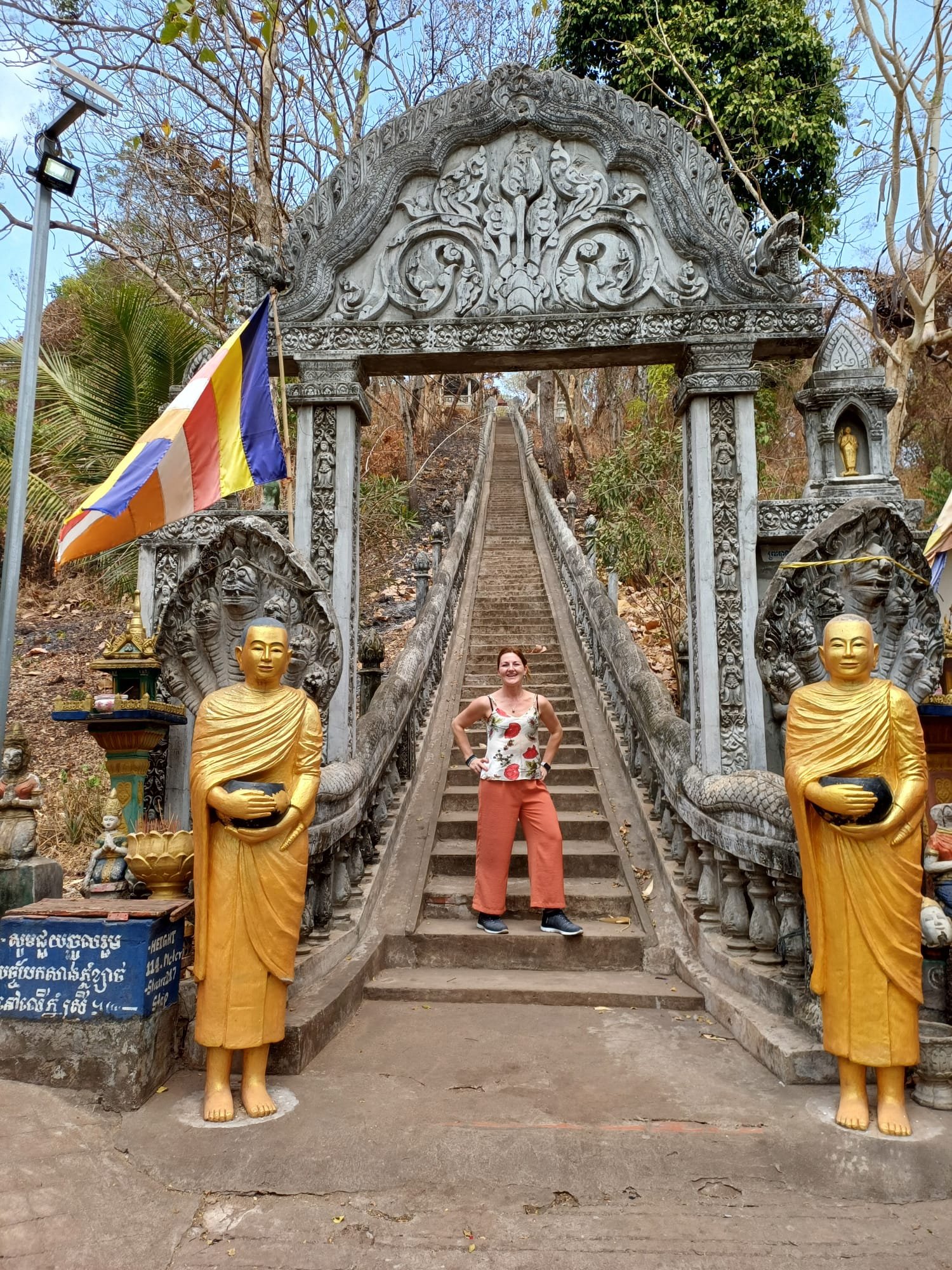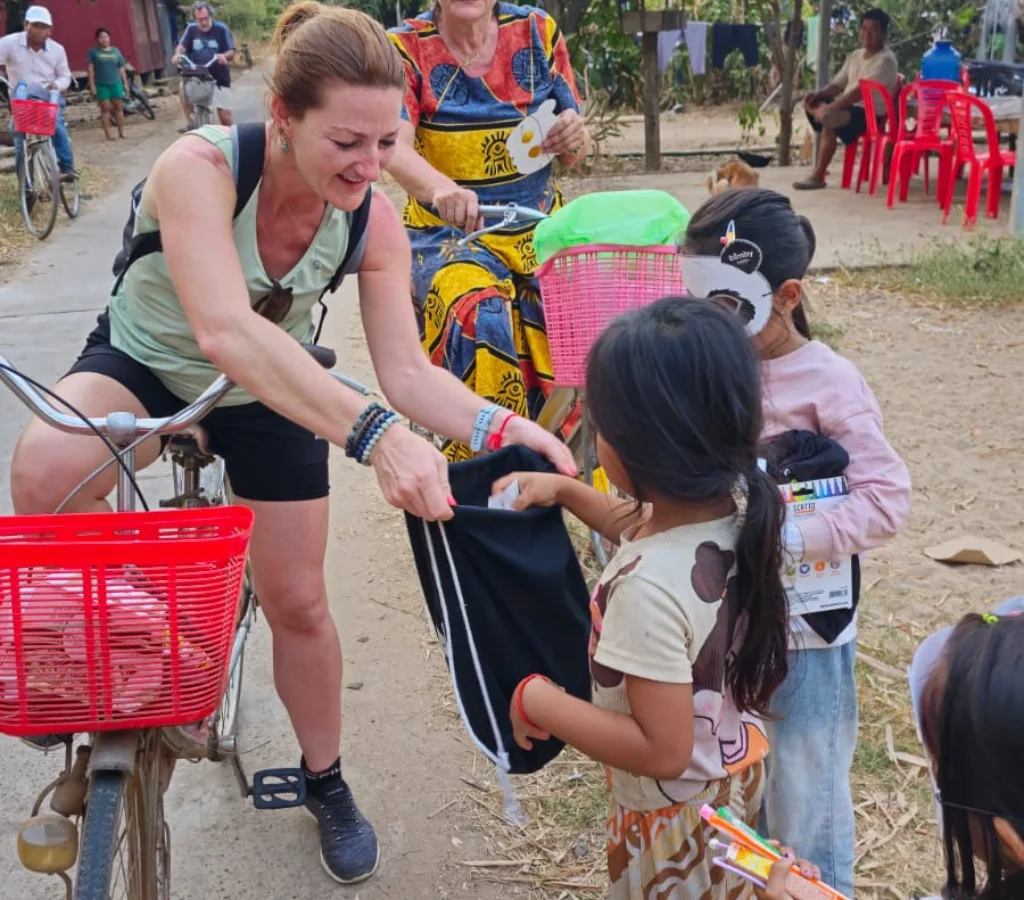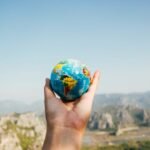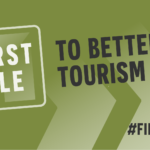Cambodia: Discovering Authenticity and Sustainability

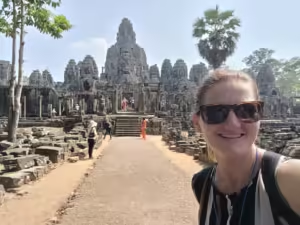
Hello travelers!
In March 2024, I embarked on an expedition with a small group of 12 adventurous travelers to discover the marvelous Cambodia. Throughout this epic journey, our approach to travel was different, escaping conventional tourist circuits to immerse ourselves in local culture and promote more responsible and sustainable tourism.
Our journey began in lively Phnom Penh, where we delved into the country’s history with a visit to the Genocide Museum. The former S-21 prison, now a poignant museum, allowed us to vividly reconstruct the terrible experiences endured during the Khmer Rouge regime. Despite deeply shaking and leaving us in awe of such cruelty and human perversion, this experience, together with a sense of frustration and helplessness, showed us the importance of understanding a country’s history to fully appreciate and understand its contemporary culture.
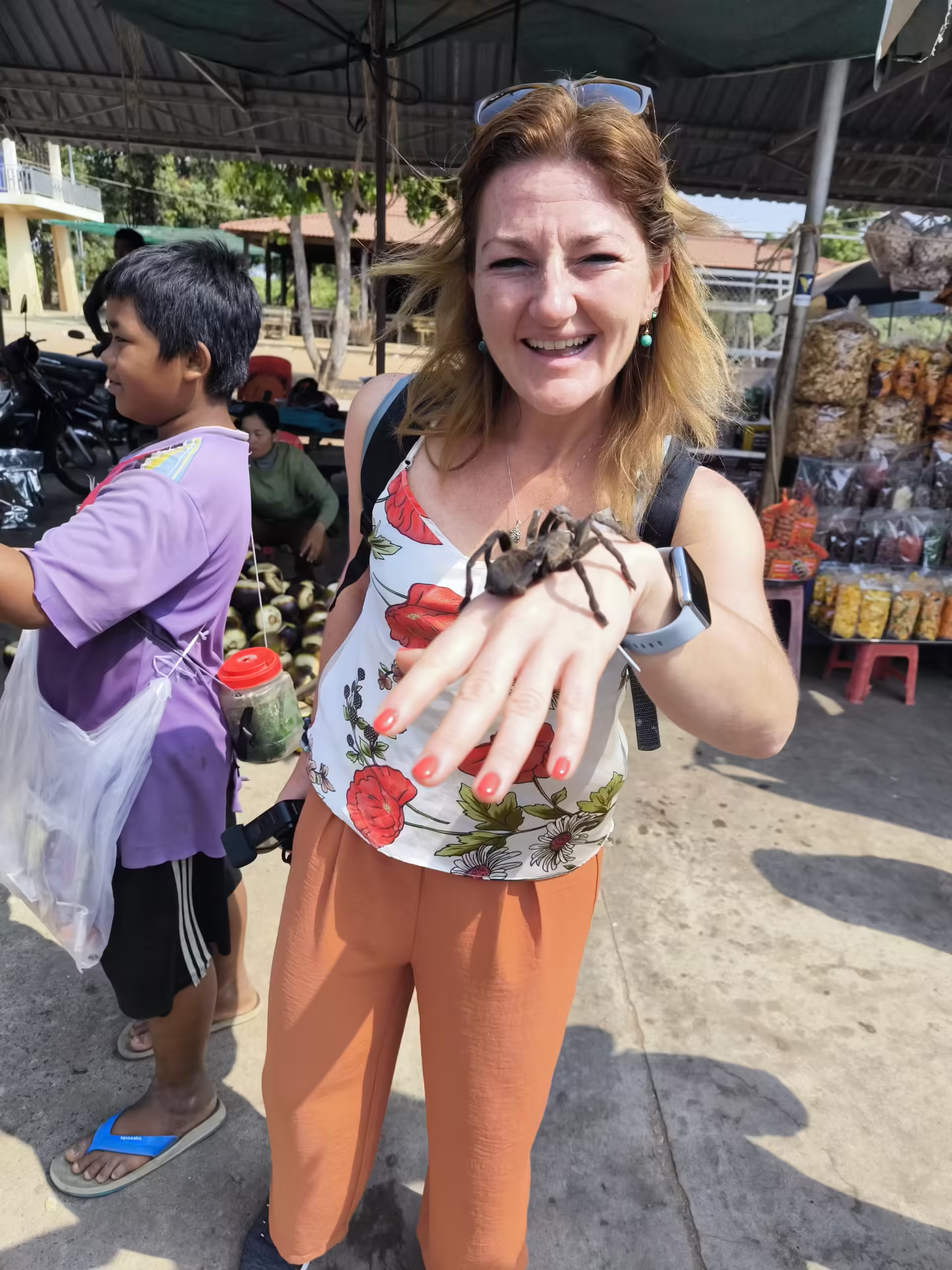
Next, we explored Phnom Penh off the beaten path by tuk-tuk, experiencing a typical morning as locals do. We started with a visit to the local market, sampling street breakfast delights and admiring the fascinating street art adorning the city’s less frequented neighborhoods. It was beautiful to wander through narrow, popular alleys where our local guide unveiled the hidden meanings behind these enormous, colorful murals, expressions of the social and cultural challenges faced by modern Cambodia. An interesting and unusual experience indeed.
We concluded the tour with a delightful, impromptu local street food lunch, where a street-side lady served excellent roast chicken accompanied by rice, spicy legumes, and sauces at the few available tables crowded with daily lunch breakers. No restaurants, no tourist spots… just local and affordable food, in the same places where locals stop and live their daily lives. Only in this way can one perceive the customs of a culture different from ours, experiencing another way of life, far from our own, and therefore fascinating.
From there, we ventured to Kompong Cham and Kratie, immersing ourselves in rural life through bicycle excursions in remote villages and relaxing cruises on the Tonle Sap River, where we could spot an indigenous dolphin species. A truly special moment was meeting local families, where we slept and shared meals, savoring the best traditional cuisine! On that tranquil islet, where days pass slowly and out of the world, in total silence and peace, you can relax swaying in hammocks among the trees or with a river view, lulled by the song of birds, leaving stress and worries behind.
Gentle sunsets, sunrises over the Mekong River that we reached at 6 in the morning by biking through narrow and quiet island streets; rides on scooters taken by locals to reach the port; and biking through island villages, among people’s huts and stilt houses, where we left some gifts—clothes for children, toys, colored pencils, and notebooks—with which we played and blew soap bubbles, amid the amused and wonderful smiles of the little ones.
“Every interaction with local communities added value to our responsible and sustainable travel experience.”
Continuing our journey to Siem Reap, we explored hidden temples like Preah Vihear, Beng Melea, and Koh Ker, ancient testimonies of the Khmer civilization’s greatness. Siem Reap itself welcomed us with the majesty of Angkor Thom and the incredible Angkor Wat, true jewels of world architecture.
However, it’s worth reflecting on how many standardized tours focus solely on Siem Reap and the Angkor temples, relegating the rest of Cambodia to a marginal role. Before our trip, I listened to a podcast where a traveler described Cambodia as if Siem Reap were the only place of interest, almost neglecting the rest of the country. This made me reflect deeply. Because the true essence of Cambodia is not limited to a single tourist site.
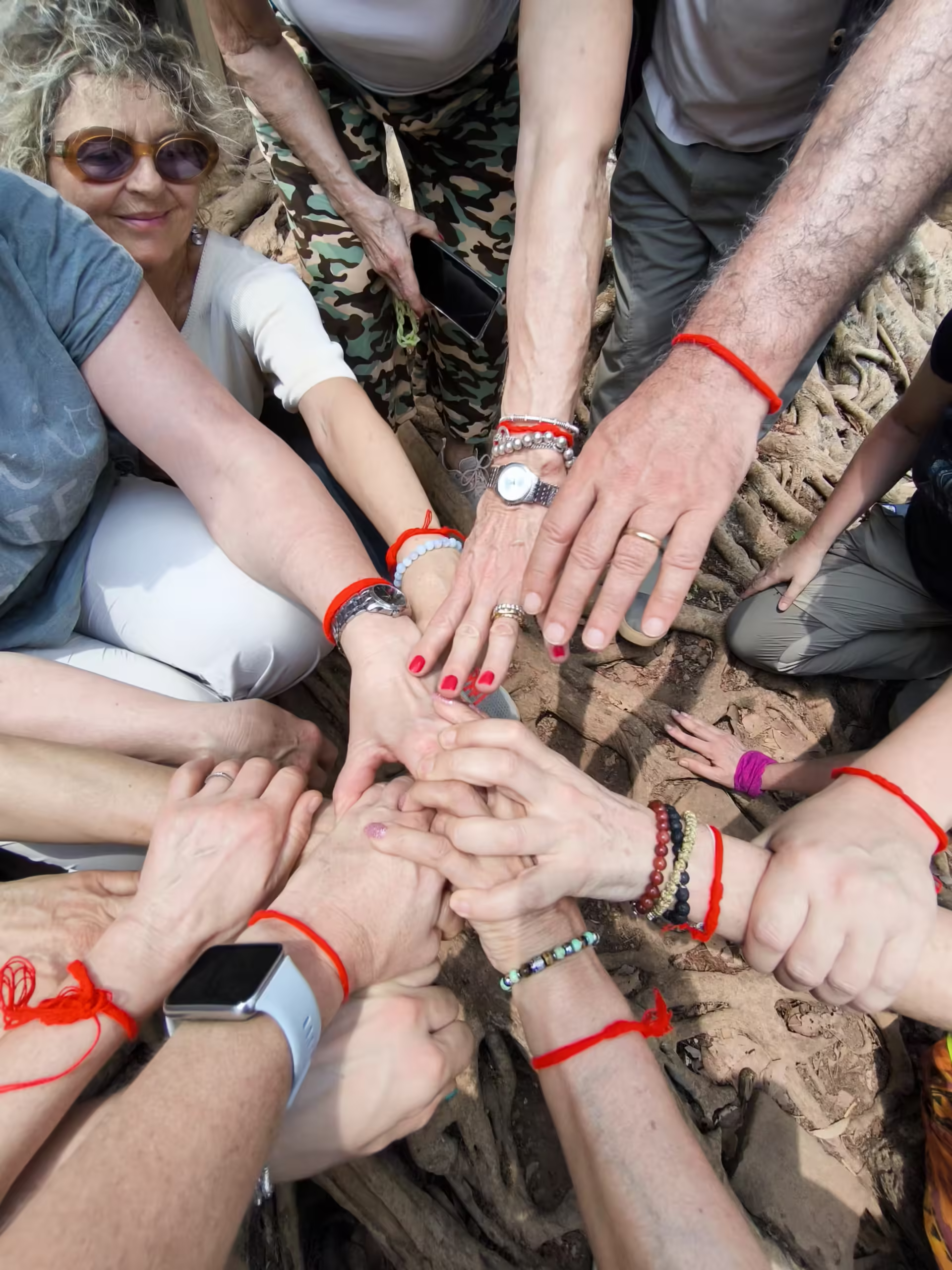
Our authentic experience occurred in the less-visited regions, where we immersed ourselves in the daily life of local communities, far from the crowds and Westernization of Siem Reap. These are the places where we truly uncovered the Cambodian soul, discovering the richness of its culture and traditions.
My invitation, as always, is to go beyond the classic places everyone knows or sponsors. Traveling should not be limited to seeing those four places posted on Instagram. Traveling means exploring remote, lesser-known places where only locals can accompany you, sometimes not so easily, but that’s precisely the beauty of travel and exploration. Otherwise, we are not travelers but merely tourists.
Finally, during our journey in Cambodia, we also immersed ourselves in the country’s artistic culture, including a visit to the famous Cambodian circus.
Phare Circus is a unique and entertaining experience, where performances blend acrobatics, theater, music, and visual arts. What makes Phare Circus a Cambodian pride is its commitment to social and cultural sustainability. Phare Circus is an extraordinary example of how art can be used to uplift local communities. Penkai Sapah is an artistic training program that provides educational and employment opportunities to young Cambodians from disadvantaged backgrounds. Through teaching circus and performance arts, the cultural association helps youth develop creative and professional skills, offering them a path to escape poverty and create a better future.
Attending a Phare Circus show not only allowed us to enjoy an extraordinary spectacle but also offered us the opportunity to support an initiative that makes a difference in the lives of young Cambodians. This project underscores the importance of responsible tourism, where our travel experiences can have a positive impact on local communities and contribute to promoting sustainable development throughout the country.
That’s all from Cambodia for now. Keep following me (and join me, if you wish!) in my upcoming adventures around the world, where every moment represents an opportunity to grow, learn, and leave a positive imprint on our planet.
